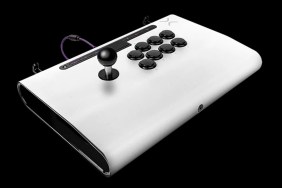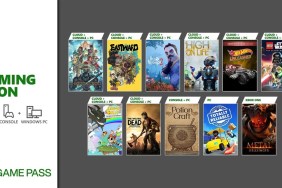Don’t fear me, fear the consequences!
At this point, I believe anything that some straight guys, like boxer Bernard Hopkins, label as "gay porn" might actually be the straightest thing ever. Probably straighter than they are. (How would they know what "gay porn" looks like, anyway?) I certainly understand the association with the Ultimate Fighting…
-
100+ fighter roster
-
Cage physics
-
Improved grappling and clinch system
-
Fuller movelist, sway, and posturing
-
Better designed CAF mode
-
Online fight camps
-
Decay and irritating changes in Career
-
No cross-weight fights in Exhibition
-
Can't skip long intros altogether
-
No replay channel
-
$5 Online Code for used copies










